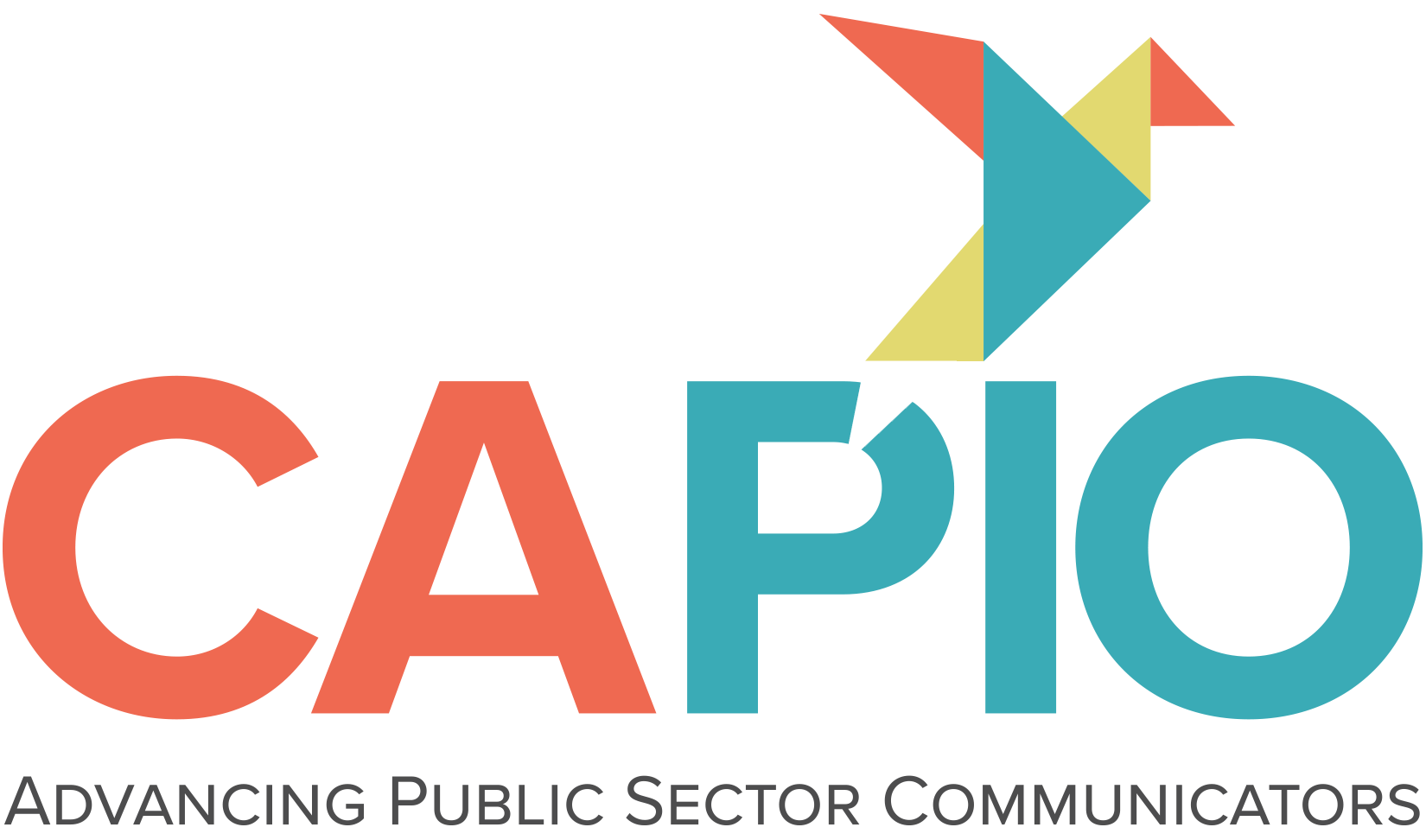Building Bridges with the Media: Insights from the Northern California CAPIO Media Tour
Our role in communications involves engaging with the media to shape public opinion, increase awareness, and highlight compelling narratives. In late April, Northern California CAPIO members toured the local ABC affiliate in Sacramento, gaining an insider’s look at their news station and engage with news media staff.
We delved into the anchor desk where broadcasts take place, explored the newsroom where stories are crafted, and observed the control room where news production unfolds.
A unique highlight was witnessing the 11 a.m. broadcast production. Five station staff skillfully managed the control room, ensuring smooth teleprompter operation, story cueing, and communication with anchors, reporters, and meteorologists. Observing the live evolution of news coverage was a captivating experience, one that many of us had never encountered before.
Why do we do these tours?
Relationships are fundamental to every aspect of life, including our interactions with the news media.
“The media tour of ABC10 with CAPIO was a delightful, enlightening experience,” remarked Janna Haynes, public information manager with Sacramento County. “Given my extensive engagement with the media, establishing connections with news directors, reporters, assignment editors, and producers is indispensable to my role. The opportunity to engage in casual conversations and exchange insights will undoubtedly facilitate seamless collaboration in the future. I’m grateful to CAPIO for organizing this event and eagerly anticipate the next one!”
 These tours serve as vital avenues for
forging connections and gaining insight into the perspectives of
media professionals. They enable us to enhance collaboration,
craft compelling narratives, and align with their editorial
preferences. Amidst pressing deadlines, such interactions are
rare; more often we are limited to virtual communication channels
like phone calls or emails, which lack the depth of face-to-face
encounters.
These tours serve as vital avenues for
forging connections and gaining insight into the perspectives of
media professionals. They enable us to enhance collaboration,
craft compelling narratives, and align with their editorial
preferences. Amidst pressing deadlines, such interactions are
rare; more often we are limited to virtual communication channels
like phone calls or emails, which lack the depth of face-to-face
encounters.
What motivates their broadcasts?
In addition to the tour, we engaged in enlightening discussions with the news director and various reporters, anchors, and producers.
A pivotal insight from our conversations was their dedication to delivering fair and objective news that enhances viewer knowledge. This straightforward yet impactful principle resonates deeply with us and presents an opportunity to consciously incorporate it into our roles as communicators within the government sector.
Consider answering these questions when thinking about a story idea:
- What’s the benefit of the audience knowing this information?
- How many people will be affected by this news?
- Are you providing solutions to the problems presented?
- Does your story hold someone accountable?
Another cornerstone of their approach is prioritizing the human aspect of stories. While data holds importance, human connections resonate more profoundly with audiences. This serves as a vital reminder to infuse the narratives we convey or propose to the media with a human touch. People relate to people, so be sure to include the human condition in your stories.
How can we keep in good standing?
- Give a meaty response if you’re not going to be on-camera.
- Be responsive! Even if it’s just a quick text to say, “Hey, I got your message, and I’m working on it.”
- Be available if they have follow-up questions.
- Follow up if the story changes or progresses.
- Send video and audio if you have it.
- Give 2-3 days lead time for better media coverage, if possible.
These tours facilitate an open dialogue, allowing media professionals to express their preferences, and us to convey our messaging priorities. This in turn strengthens our relationships and ensures alignment with their editorial preferences, thus enhancing collaboration and maintaining a positive rapport.
Interested in organizing a tour?
It’s simpler than you might think! A significant part of the process is establishing contact with the station to arrange a suitable date and time. If you have a media contact who can assist in arranging a tour in your area, please contact your regional and membership chair to initiate the process.

